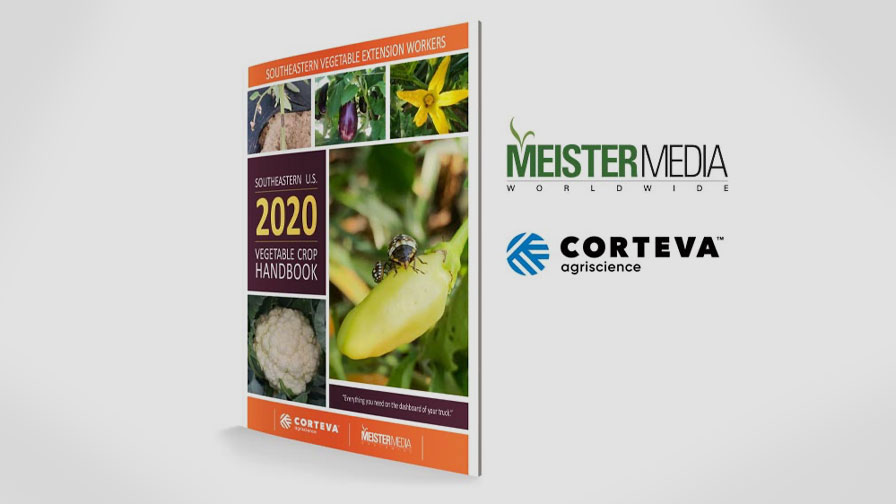Reducing The Potential Of Chipped And Scratched Kernels
There are things that are out of our control that will affect the final quality of almond kernels at harvest. There are also many things that growers can do to reduce the risk of lowering nut quality at harvest. One area involves the category of “chipped and scratched” kernels. According to USDA grading parameters, a nut that is classified as chipped or scratched has a loss of kernel skin as a result of mechanical processing. Greater than 1/8-inch (3.2 mm) in diameter, it is defined as injury; if affecting in aggregate, greater than ¼-inch (6.4 mm) in diameter, it is defined as a defect. Though “chipped and scratched” is not classified as a reject, high percentages of them will reduce the overall grade and return to the grower.
It is virtually impossible to produce an almond crop completely free of any chipped or scratched nuts. The closest one can come to achieving this is by hand cracking. In the real world with mechanization, there are many steps growers can take to reduce the risks of producing high percentages of chipped and scratched nuts.
Damage From Cultural Practices
It is often incorrectly assumed that all chipped and scratch damage is the result of a poor huller/sheller operator. While this may be a significant reason in the case of poor management, often times high amounts of chipped or scratched nuts can be traced back to improper cultural practices at the grower level. The following are some areas that can be fine-tuned to reduce the risks of mechanical kernel damage:
• Harvest nuts at the proper maturity. Nuts with excess moisture or nuts that have been on the ground and are too dry when picked up will increase potential damage at the huller.
• Avoid water stressing trees that will produce sticktights.
• Properly level and smooth the ground for an efficient harvest. Rough or uneven terrain will make adjusting the pickup machine head difficult.
• Properly prepare rocky soils to minimize the amount of rocks or gravel from being picked up. This may involve leveling at the proper moisture and/or rolling to push rocks into the soil, and hand picking up large boulders. Delivering a set of doubles with high amounts of rocks not only risks overload fines, but creates havoc at the huller, even with the best de-stoners. When you can hear the classic “cling and clang” at the pit when the rocky lots are being unloaded, this is a sure sign that chipped and scratched nuts will show in the grade.
Check Your Harvesting Equipment
One of the major factors I see in the field that causes kernel damage is improperly adjusted harvesting equipment. This starts with the shaker. One may ask, “How can a shaker cause chipped nuts?” The answer lies in the wheel sweepers. These brush or rubber finger devices are designed to flip nuts away from the tires to avoid running them over. If this is not adjusted properly (too high) it can allow nuts to slip under the tires and get run over. If you ever follow a shaker where this is happening, it is obvious by the amount of “meated-out” nuts that you see in the field.
Similar damage can occur from the sweeper if the head is not properly adjusted. Nuts can be damaged by the tines or if they slip under the head, can be run over by the tires. Improper pickup machine operation can also damage kernels. Worn pickup chains or rubber guide flaps can damage kernels being transferred to the reservoir cart.
Excessive use of the auger or sweep chain in the reservoir cart can grind up nuts in the trailer.
All of the topics discussed here are areas that growers can monitor to increase the chances of delivering the best quality nuts to the processor. This is not to imply that improper huller operation does not bear some responsibility. The key is that if the best effort is made to manage all cultural practices before nuts are delivered to the huller, then this minimizes the potential of incurring high levels of chipped or scratched nuts on the grade sheet.










